Features of construction expanded clay

Features of construction expanded clay is a very important and relevant topic. All developers need to have a clear idea of how it is used in construction and what it is for. Another important issue is the peculiarities of using expanded clay for building a house.
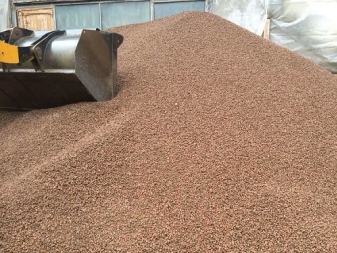
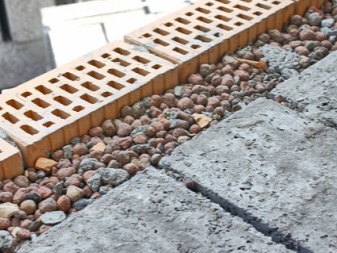
What is it and what is it for?
Construction expanded clay is a type of lightweight material characterized by porosity. To obtain it, clay is fired in a special way. In some cases, shale is fired. For this procedure, drum-type metal ovens are used. The cross-section of the furnace ranges from 2 to 5 m. Its length in some cases is 60-70 m (although there are, of course, smaller specimens).
Rotating structures are mounted at a slight angle. The granulated semi-finished product is placed in the upper segment of the oven. There, gravity naturally pushes it down towards the nozzle. Processing time is approximately ¾ hour.
In some industries, double-drum furnaces are used, where two drums are separated by a special threshold and rotate at an unequal pace; such a solution allows you to get a good product from low-quality raw materials.
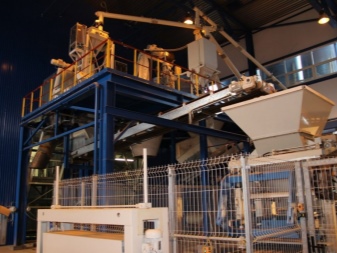

Expanded clay sand is a fraction with a minimum grain size (maximum 0.5 cm). To obtain it, hard clay is crushed, and the remnants of clay mass intended for other purposes are processed. Expanded clay from granules with an average size of up to 4 cm is the so-called expanded clay gravel. Its particles are characterized by the shape of a smooth oval or circle. Such material is resistant to moisture.
The largest (over 4 cm) fraction dominates in the composition of expanded clay crushed stone. Its other important features are lack of smoothness, heterogeneous geometric shapes and surface types. Expanded clay crushed stone is obtained by crushing hard clay in dry crushers. The three types of material described are used as follows:
- expanded clay sand - as an auxiliary component of the masonry mixture and as part of the mortar for floor screed;
- expanded clay gravel - as a heater and for obtaining special building blocks;
- expanded clay crushed stone - when filling concrete mass and when filling it under highways.

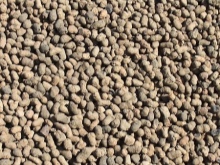

Properties and characteristics
The main property of expanded clay, thanks to which it is consistently popular, is its excellent environmental parameters. Since clay and shale are used for its production, expanded clay also deservedly leads in environmental ratings. It can be safely used even in a wooden house in an ecovillage. Other important properties worth noting:
- amazing mechanical fortress;
- long service life;
- excellent thermal insulation properties;
- frost resistance;
- zero risk of fire;
- resistance to acids;
- lack of reactions even with very active substances;
- fairly reasonable price.
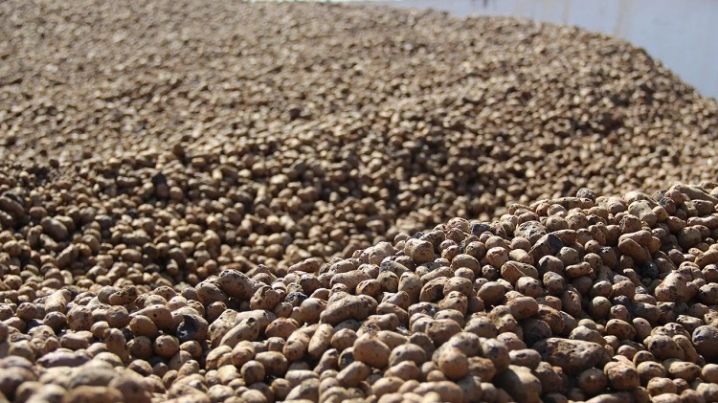
In the process of special processing, the clay undergoes a rapid thermal shock, which provokes swelling, so the granules acquire a porous appearance. Outside, such semi-finished products are melted. This process also increases their mechanical strength, resistance to various external influences.
However, it is worth noting the objective disadvantages of expanded clay:
- fragility of granules (ignoring it during filling often provokes very unpleasant consequences);
- susceptibility to moisture absorption - however, over time the material will dry out, but before that it can provoke serious troubles, and its mass will noticeably grow;
- similar compositions are suitable only for dry backfill.
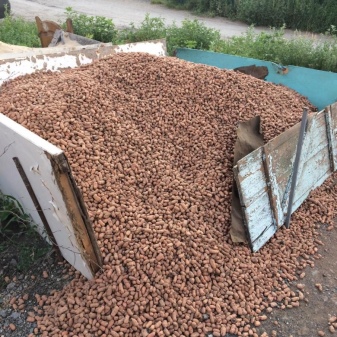
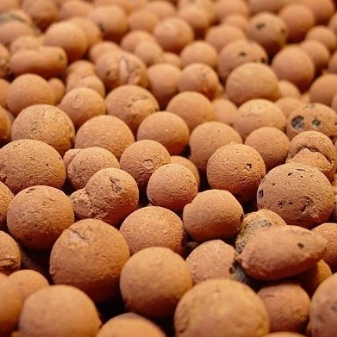
The thermal conductivity of expanded clay is relatively low, which is why it is used for insulation. However, one must take into account the size of the fraction, which greatly affects this indicator. Testing in laboratories shows that the degradation of the material conforming to the standard occurs at a maximum of 13% of the original volume. This allows you to achieve an additional compacted layer. There are dozens of types and brands of such products, differing in both the size of fractions and specific gravity.
As a heater, expanded clay is usually covered between the main load-bearing walls and decorative cladding. Likewise, the gaps in the floor or ceiling structure are filled.
Expanded clay insulation of the thickness of the wooden floor is especially good.

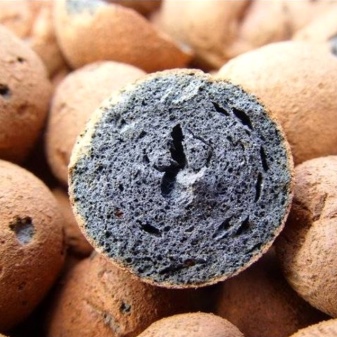
This substance will absorb excess moisture and thereby stabilize its amount. Also, such a solution is attractive as a substrate for a warm floor, for insulated screeds; you can even refuse to form deep foundations.
Freezing is excluded, as well as when laying a buried base. An important characteristic of expanded clay is also the maintenance of a stable temperature in the pipeline. Such a lining allows you to partially extinguish unnecessarily sharp temperature jumps in plumbing communications. Another significant property is the suitability for leveling the floor.
Optimum flatness can be achieved even over a large area without significantly increasing the load on the base.
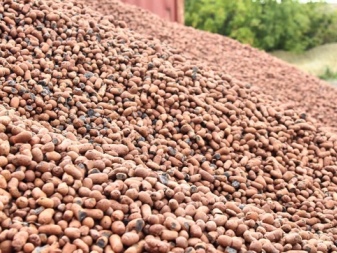

In addition to these properties, it should be noted:
- absolute fire safety;
- water absorption in fired granules at the level of 8-10% (in dry type material - up to 20%);
- the thermal properties of 100 mm of expanded clay are equivalent to 250 mm of natural wood and 500 mm of brick;
- excellent level of sound insulation;
- lack of "interest" in this material from insects and rodents;
- zero level of accumulation of radiation, foreign odors, hazardous substances coming from outside;
- noticeable absorption of useful space (optimal noise damping and heat containment is achieved only when using a layer from 100 to 150 mm, and in some cases up to 300 mm);
- unsuitable for insulation in areas with high air humidity, with long cold winters.

How is it used in construction?
The main use of expanded clay is to insulate the walls of houses and non-residential buildings. Expanded clay concrete is also produced on its basis. Warming with expanded clay mass is recommended for floors, basements, floors. Expanded clay is poured into a solution from which lightweight concrete is made. In the construction of decorative structures, it is needed for optimal thermal insulation of the soil or lawns. Finally, this material is still used:
- as drainage and thermal insulation of road embankments formed in moist soil;
- dumping under a concrete screed;
- means for warming attics;
- dumping under the foundation;
- means for the improvement of a garden path or drainage of the site.
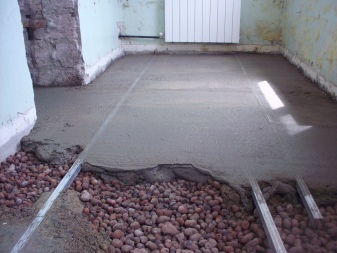
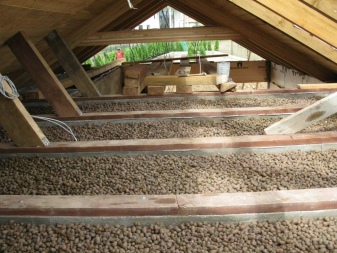













The comment was sent successfully.